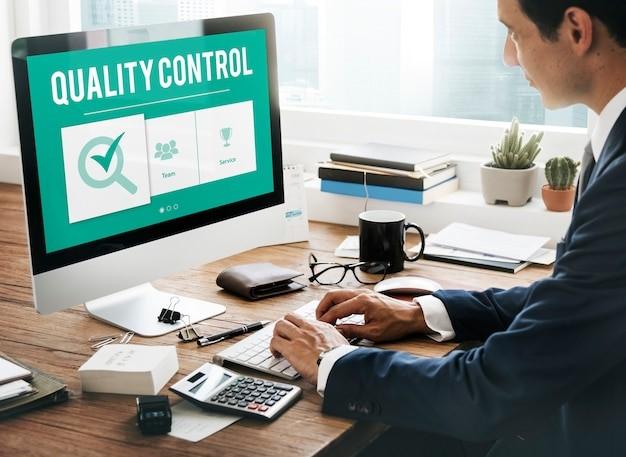Notifications

3 minutes, 8 seconds
-31 Views 0 Comments 0 Likes 0 Reviews

Introduction: Trust begins in the production line
In industries like pharmaceuticals, cosmetics, and food, consumer safety hinges on how products are manufactured. Quality can’t be tested into a product—it must be built in from the start. That’s where GMP certification (Good Manufacturing Practices) plays a vital role. It establishes a comprehensive framework that ensures consistent quality, safety, and compliance across every stage of the production process.
Process consistency: Standardizing production for predictable outcomes
A key benefit of GMP certification is the emphasis on consistent manufacturing processes. This means clearly defined procedures, properly calibrated equipment, and detailed documentation at every step. By minimizing variation, companies can reduce the risk of contamination, errors, or product recalls. Consistency not only ensures compliance but also builds long-term consumer trust.
Employee training and hygiene: People as part of the system
Human factors are critical in any manufacturing environment. GMP certification mandates comprehensive employee training in hygiene, process handling, and contamination control. Staff must understand their roles in maintaining clean environments and following protocols precisely. This focus on workforce responsibility enhances product integrity and minimizes the chance of human error.
Facility and equipment control: Designing quality into the environment
Facilities and equipment must be maintained to avoid cross-contamination and ensure clean production areas. Under GMP certification, companies are required to design and monitor their infrastructure for optimal control, from air filtration systems to storage areas. Regular inspections and validations are part of the process, helping to sustain a clean, compliant, and efficient production environment.
Documentation and traceability: Building transparency and accountability
An essential pillar of GMP certification is meticulous documentation. Every batch, procedure, and deviation must be recorded in real time. This level of traceability ensures that if an issue arises, companies can quickly pinpoint the source and take corrective action. It also allows regulators and customers to verify that products were made under controlled, standardized conditions.
Conclusion: A seal of responsibility and quality
GMP certification is more than a regulatory requirement—it’s a proactive commitment to safety, quality, and consumer well-being. By embedding good manufacturing practices into everyday operations, organizations not only meet legal standards but also create a culture of excellence. In a competitive marketplace, GMP stands as a symbol of trust, accountability, and consistent product performance.

